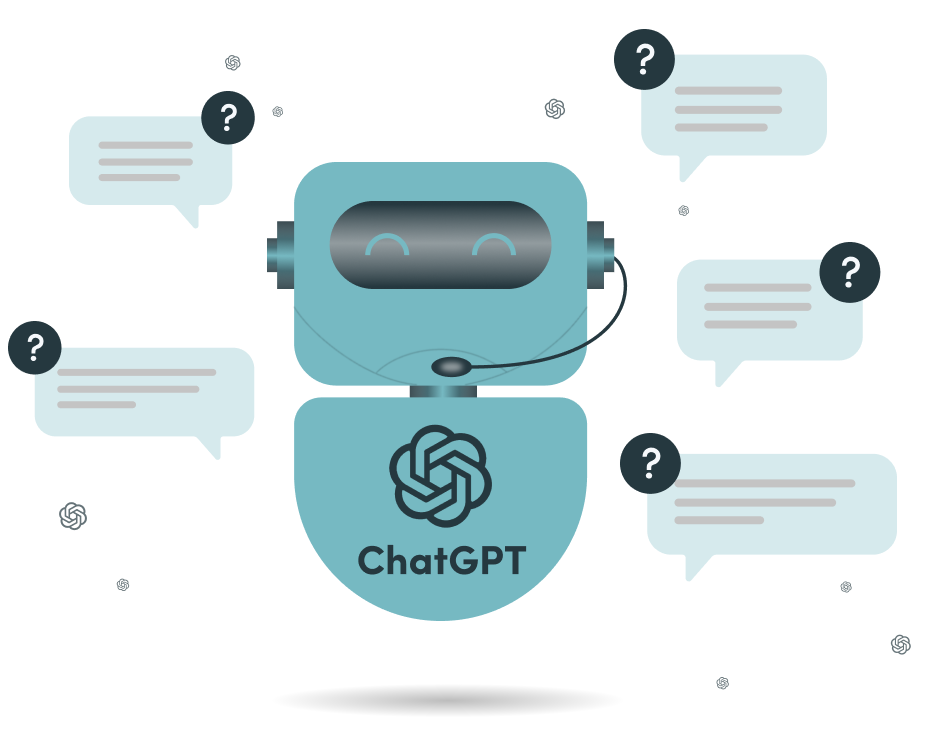2024 Guide: What is Student Retention in Higher Education?
by Sirley Carballo · Updated Sep 13, 2024
Many factors go into why students make the college decisions they do. Key experiences shape the academic journey and contribute to students’ emotional and logical responses about whether to stay committed to their degree path. These opinions also influence whether they’ll follow through until graduation.
Retention focuses on what higher education institutions can do to ensure that every student remains motivated and successful throughout the journey. In addition to affecting students' futures, negative experiences can also negatively impact the brand or reputation of a school.
In this post, we’ll take an in-depth look at modern student retention and student success for colleges and universities, including what retention means and how to execute improvements along the way.
What is Student Retention?
The basic definition of student retention is the process of keeping students actively enrolled in their degree program at a college, university, community college, or any other institution of higher learning.
While it’s true that retention has applications outside of a higher education context, we’re especially focused on what this valuable metric says about college students. When looking more closely at retention, school leadership must ask the following questions.
- Are students actively retaining before, during, and after selecting their specific degree program of choice?
- What factors contribute to positive student engagement and retention?
- Which issues seemingly contribute directly to drops or declines in student retention?
- Are there any specific actions that schools can take to positively influence retention?
Even though retention is another metric, goal, or key performance indicator (KPI), it’s crucial not to boil it down to a simple number. Retention metrics represent real students behind the scenes. As such, schools should avoid viewing this number as more valuable than the tangible experience students receive on a daily basis.
>> Explore the Element451 Best Practices Guide to Student Retention in College <<.
Retention vs. Student Persistence—What’s the Difference?
As we carefully examine student retention, another term comes up—student persistence. While student retention rate is often a school-wide trend or statistic related to enrollment numbers, persistence is granular and individual.
According to Collegis Education, persistence is defined as a measure of “the student’s activity and engagement.” Persistence looks for exact actions or steps that students take along the path to staying enrolled in a college program. In its annual Persistence and Retention report, the National Student Clearinghouse Research Center now showcases a return to pre-pandemic levels of engagement and persistence among today's college students.
Higher education leaders can glean substantial insight from carefully looking at student retention and persistence, both separately and comparatively. The relationship, however, is clear—when more students are actively engaged, the retention metric is a positive one.
Current College Student Retention Trends
As enrollment trends ebb and flow, so do student retention rates in various institutions. While it’s valuable to explore the retention rate of your own college or university, it’s equally helpful to understand what’s happening on a macro level throughout the country.
The National Student Clearinghouse Research Center keeps tabs on student retention rates nationally, especially as those rates relate to specific student cohorts. Current findings reveal that the average retention rate of students is around 75%, a small increase from previous terms. Even so, the present retention rate hasn’t climbed back to pre-pandemic levels.
Although a 75% retention rate sounds significant, remember that this statistic represents a surprising finding—one in four students never complete a degree at their first institution. These students are then pressed with tough choices about things like transferring schools, course credits, and even student loan debt.

Get a Demo of Element451
Students want on-demand digital experiences across the student journey. They expect every message to be personalized for their unique needs. Do it all with Element451.
See it in Action
Tips to Improve Student Retention in Higher Ed
Although some responsibility for retention falls on the individual student, there are decisive actions that educational institutions can take to ensure that learners receive a fair opportunity. Taking time to personalize the culture and experience for learners makes all the difference in improving retention rate over time.
Take a look at some of the following tips and student retention strategies for improving your school’s student retention rate, regardless of where it currently stands.
Personalize Student Outreach
College students don’t often want to feel like simply a number in line. An impersonal, distant approach can contribute to feelings of disengagement and stress, since students might not feel comfortable seeking the solutions or answers they need.
To combat this, schools should personalize as many experiences as possible. While this begins with initial marketing and outreach, personalization also extends throughout the admissions process, enrollment, and active class participation.
Personalization has the effect of making students see the intrinsic value in their degree or education. It also confirms that the appropriate structures and resources are available to support students throughout campus life, when and if those resources are needed.
Create Recognizable Milestones
To help students succeed, provide visualization tools to enable their success. While it might be easy for some students to imagine where they’re headed, others might need extra incentive. Connect students with positive and motivational resources, like advisors, mentors, or counselors.
Creating a roadmap with achievable milestones is one way to support students and improve retention. In many instances, academic advisors communicate these milestones and monitor student progress along the way.
The result offers reassurance and confidence. As students move through key benchmarks along the path to graduation, they build motivation in eventually finishing and attaining a degree. Frequent reminders about goals also make degree attainment seem more achievable than would be possible with a detached or disengaged academic culture.
Spot Red Flags Early
College students who plan to disenroll often exhibit some warning signs early on that can offer clues to academic advising. When students are at-risk, the following statements could be true.
- Struggling students stop attending certain classes.
- Performance slips and grades start to decline.
- Students stop responding to regular outreach or communication.
- Some students have external issues (health, family, etc.) that contribute to decisions.
If you have a student engagement platform or CRM tool, establish a way to look for warning signs and identify certain signals with data. Whether you need to update a student’s contact record after a conversation or look at their entire history holistically, make sure to have tools in place for handling retention red flags and identifying at risk students. Early intervention is one way to be proactive rather than reactive.
How Does a Student Engagement Platform Increase Student Retention?
A student engagement platform helps schools keep and monitor the pulse of the enrolled student body. Additionally, customizable experiences allow advisors and other school leaders the ability to learn more about each individual student, which further contributes to a positive campus culture and student lifecycle.
Engagement tools also provide numerous benefits to students. Instead of getting generic messages that don’t really apply to where they are or what resources they need to succeed, they’ll instead receive targeted communications that offer solutions right on time.
This makes all the difference between a student who feels alone in their decision versus one who is able to carefully consider enrollment options.
Improving Student Retention at Community Colleges
Community colleges, which often require a lower upfront financial investment and time to degree completion, face unique retention challenges. To shape the student experience at community colleges, higher education administrators must focus on valuable support services that help students learn academically and grow personally.
Because they hold a unique role in the higher education market, community colleges must stay proactive to prevent students from leaving prior to degree attainment. Community administrators can strategize to remove financial aid roadblocks, recognize the unique balance between school and personal responsibilities, and offer flexible learning pathways to help students earn degrees.
Our Proactive Retention Strategies for Community Colleges post provides even more tips for boosting retention rates at the community level.
Engage > Succeed > Retain
At Element451, we believe that retention is the desired final result of critical preparation work that happens at the beginning of the student’s story. When schools effectively engage with students from the very first interaction, the stage is set for better outcomes down the line.
Engagement naturally flows into student success. Once students experience the level of support that they need (in different contexts, including academic and social), motivation to succeed becomes second nature. Of course, there are always unique factors at play, but proper engagement fosters achievement.
Outside of extenuating circumstances, when students begin to succeed, they grow more determined about persistence. The strategies that keep them going become second nature, and persisting through graduation and degree attainment becomes the clear choice.
In short—you can successfully retain more successful students, and engagement undoubtedly helps that goal become a reality.

Top 6 Recruiting and Engagement Challenges—and How to Beat Them
Attracting students and keeping them engaged through the recruiting process and beyond is complicated. We’ve rounded up remedies to six of the challenges our partner schools experience most and the actionable tips you need to overcome them.
Get the Guide
Improve Student Retention and Encourage Success
Retention rates are valuable and important, especially as schools look to overcome enrollment challenges. Most colleges want to see prospective students succeed and achieve their degrees, which is why investing in the right tools is so essential.
Element451 helps you deliver personalized campaigns and individualized experiences that boost student involvement and success. With the right playbook, you can reframe the higher education experience so that it’s positive, fruitful, and beneficial for long-term success.

About Element451
Boost enrollment, improve engagement, and support students with an AI workforce built for higher ed. Element451 makes personalization scalable and success repeatable.
Categories
New Blog Posts

The Definitive Guide
AI in Higher Education
Bridge the gap between the latest tech advancements and your institution's success.
Useful Links
Related Articles

Talk With Us
Element451 is the only AI Workforce Platform for higher education. Our friendly experts are here to help you explore how Element451 can improve outcomes for your school.
Get a Demo








